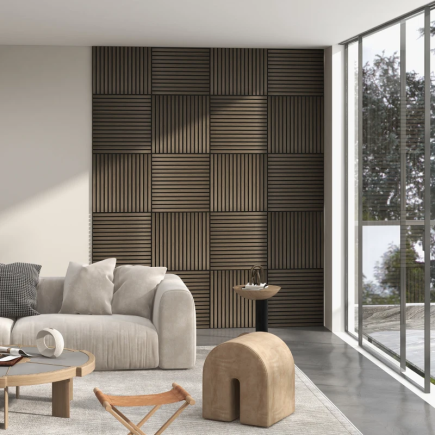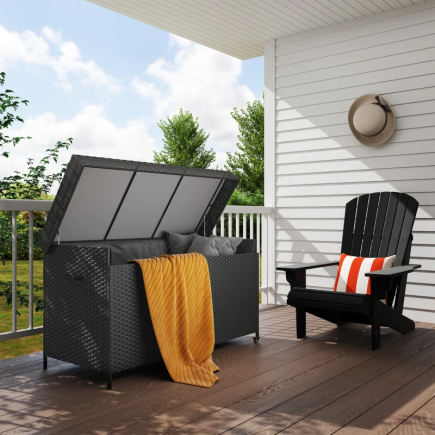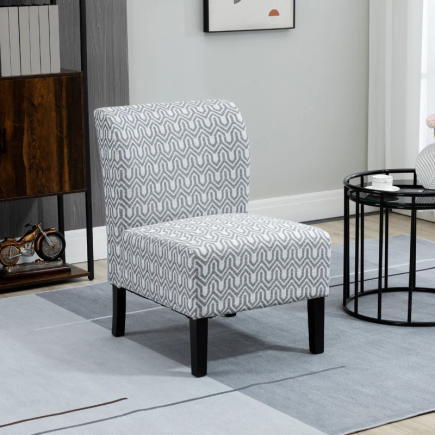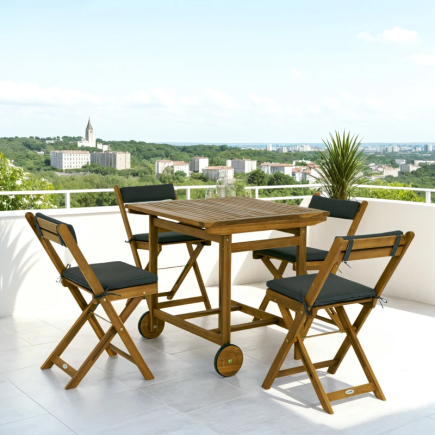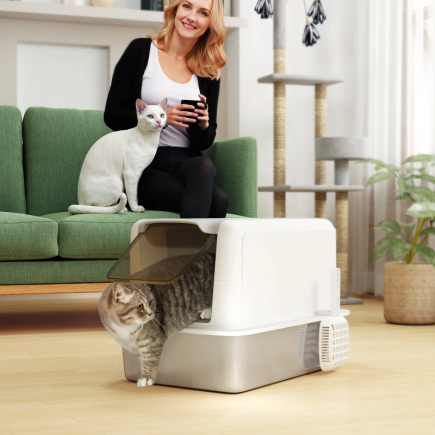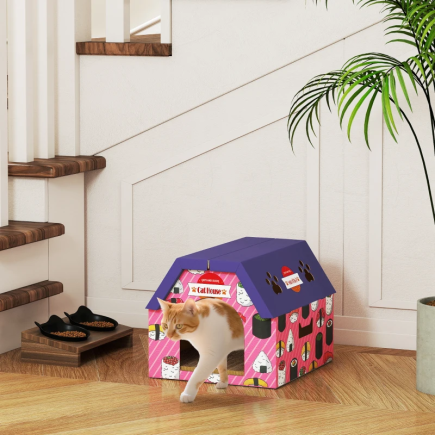
Choosing the right desk height is crucial when creating a comfortable and productive workspace. Whether you’re setting up a home office, upgrading your desk, or simply improving your posture, understanding the ideal desk height will make a significant difference.
In this guide, we’ll explore everything you need to know about computer desk heights, including standard desk heights, ergonomic considerations, and how to select the perfect desk for your needs.
1. Standard Desk Height
The standard desk height is typically between 28 inches and 30 inches (71 cm to 76 cm) for most desks. This height range is designed to accommodate the average person’s body proportions and provide a comfortable working posture.
- 28 inches is often suitable for shorter individuals or those with lower chairs.
- 30 inches is typically the ideal height for average-sized people.
2. Ergonomic Considerations for Desk Height

The Importance of Ergonomics
Proper desk height is essential for maintaining ergonomic posture, which can prevent long-term health issues like back pain, wrist strain, and neck discomfort.
Key Ergonomic Factors to Consider:
- Foot Position: Your feet should rest flat on the floor, ensuring that your knees are at a 90-degree angle.
- Elbow Position: When typing, your elbows should be bent at a 90-degree angle.
- Wrist Alignment: Wrists should be kept straight while typing to avoid strain.
How to Set Up an Ergonomically Correct Desk
- Use an adjustable chair that allows you to adjust height for proper alignment.
- Ensure that your monitor is at eye level, so you don’t need to look up or down excessively.
3. How to Measure Desk Height for Optimal Comfort

Finding the Perfect Desk Height
To measure the correct desk height for your body, follow these easy steps:
- Sit comfortably: Ensure your feet are flat on the floor and your knees are at a 90-degree angle.
- Rest your arms: Your forearms should be parallel to the floor, with your elbows bent at 90 degrees.
- Monitor Position: Your screen should be at eye level to reduce neck strain.
Ideal Desk Height Ranges
- For general office work: 28-30 inches works well for most people.
- For creative work like drawing: You may need a desk height of 30-32 inches for a better arm position.
4. Desk Height for Different Types of Work

Desk Height for Typing and Office Work
For daily office tasks such as typing, the 28-30 inch range is ideal. This allows your arms to rest comfortably and your wrists to stay in a neutral position.
Desk Height for Creative Work (Drawing, Writing, etc.)
If you are doing work that requires more arm movement, such as writing or drawing, a 30-32 inch desk may be more comfortable. This height allows for more freedom of motion and helps maintain a neutral posture during creative tasks.
Standing Desks
Standing desks should generally be 40-42 inches in height, depending on your body size. The height of your standing desk should allow you to work while standing without straining your shoulders, neck, or back.
5. Desk Height for Taller and Shorter Individuals

For Taller Users
Taller individuals (over 6’2″) may find the standard desk height too low. For optimal comfort:
- Consider desks that are 32 inches or higher.
- Adjustable desks are also a great option for flexibility.
For Shorter Users
Shorter individuals (under 5’3″) might find a standard desk too high. Here’s what you can do:
- Look for desks at the lower end of the standard height (28 inches).
- Use a footrest to ensure your feet stay flat on the ground.
6. Desk Height Adjustments
Problem 1: Desk Too Tall
If your desk is too tall, your arms may be forced upward, causing shoulder and neck strain. Here’s how to adjust:
- Use a footrest to help keep your feet flat on the floor.
- Install a keyboard tray to bring the keyboard to a more comfortable height.
Problem 2: Desk Too Short
A desk that’s too short can cause you to slouch forward, which leads to back pain. To fix this:
- Raise your chair to improve your posture, keeping your elbows at a 90-degree angle.
- Use a desk riser to elevate your desk to a more comfortable height.
Problem 3: Desk Too Wide
If your desk is too wide, it can cause you to stretch and strain your arms. Here’s how to make the best use of the space:
- Use vertical storage to reduce clutter and improve accessibility.
- Consider a keyboard tray to create more space for your work materials.
7. Adjustable Desks
While this guide focuses on standard desk heights, adjustable desks provide flexibility for users who need a personalized workspace. These desks allow you to alternate between sitting and standing, promoting better health and productivity.
Benefits of Adjustable Desks:
- Customization: You can easily adjust the desk height to suit your body type and task needs.
- Health Benefits: Alternating between sitting and standing can reduce the negative effects of prolonged sitting.
Increased Focus: Many users report feeling more energized when able to stand for part of the day.
8. Common Desk Types and Their Heights

Different desk styles come with varying heights. Here’s a quick look at some of the most common types:
Traditional Desks
Most traditional desks range from 28 to 30 inches in height, ideal for general office tasks.
L-Shaped or Corner Desks
Corner desks often come with adjustable height settings, allowing users to create a comfortable working space based on their needs.
Executive Desks
Executive desks typically stand at 30 to 32 inches, offering larger surface areas for paperwork and office essentials. While these desks provide ample space, it’s important to ensure that the height is suitable for your comfort.
Standing Desks
Standing desks should be set at 40 to 42 inches, but many adjustable models can be customized to fit your preferences.
The right Computer Desk height is essential for maintaining comfort and supporting productivity. Whether you’re choosing a traditional computer desk, an adjustable model, or a standing desk, the key is finding a height that suits your body and the type of work you do.
FAQs
1. Can I use a standing desk if I’m not very tall?
Yes! Standing desks are adjustable and can be customized to any height. Set it to around 40 to 42 inches, but adjust it to suit your body.
2. How can I tell if my desk height is right for me?
If your elbows are at a 90-degree angle and your feet are flat on the floor while you type, your desk height is likely correct. If you feel discomfort, adjust the height accordingly.
3. Are adjustable desks worth the investment?
Yes, adjustable desks are worth it for those who want flexibility. They allow you to alternate between sitting and standing, which can improve posture and increase energy levels.
4. How tall should my desk be for creative tasks like drawing?
For creative tasks, a desk height between 30 to 32 inches is ideal. This height supports a more natural arm position, especially for extended work periods.


